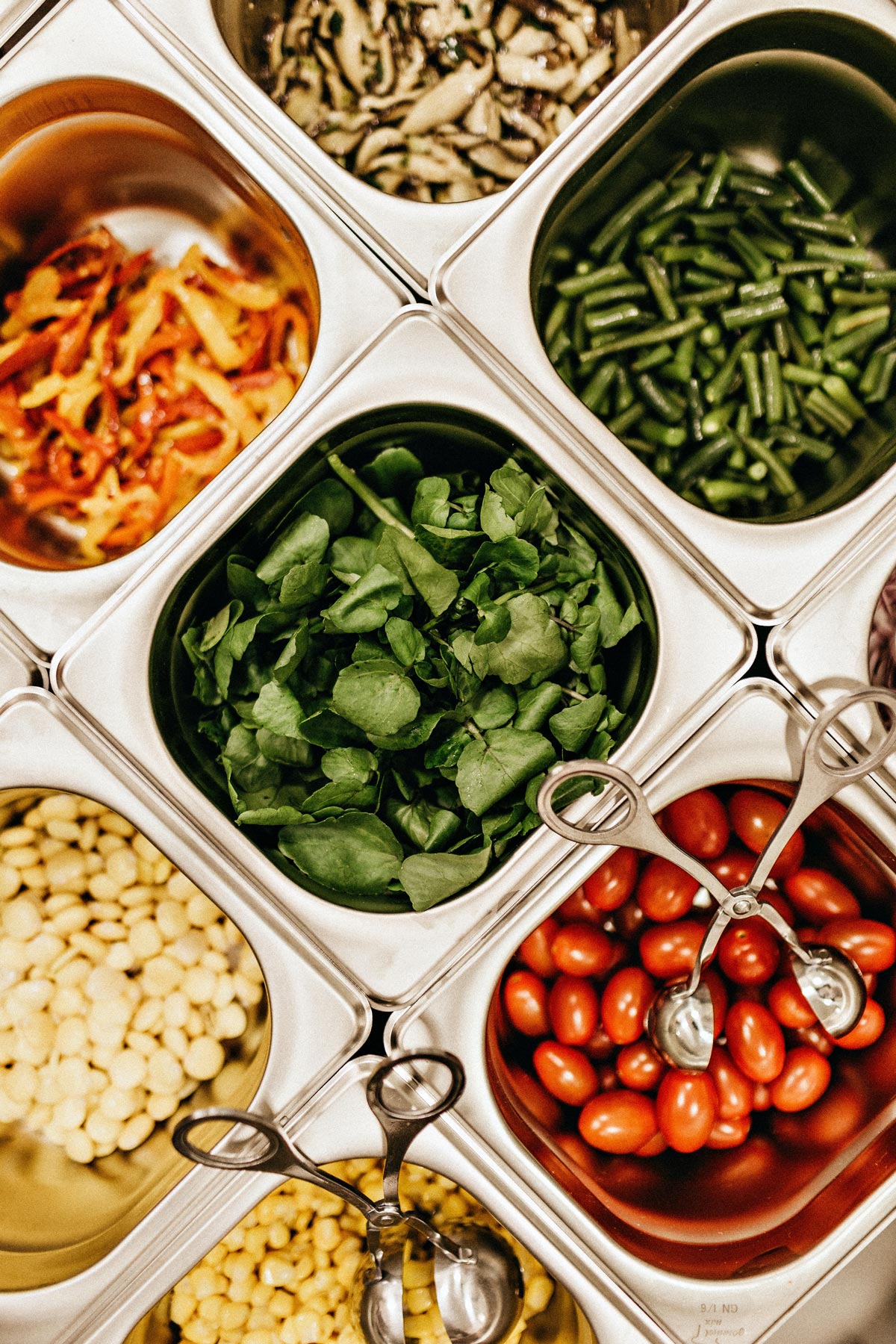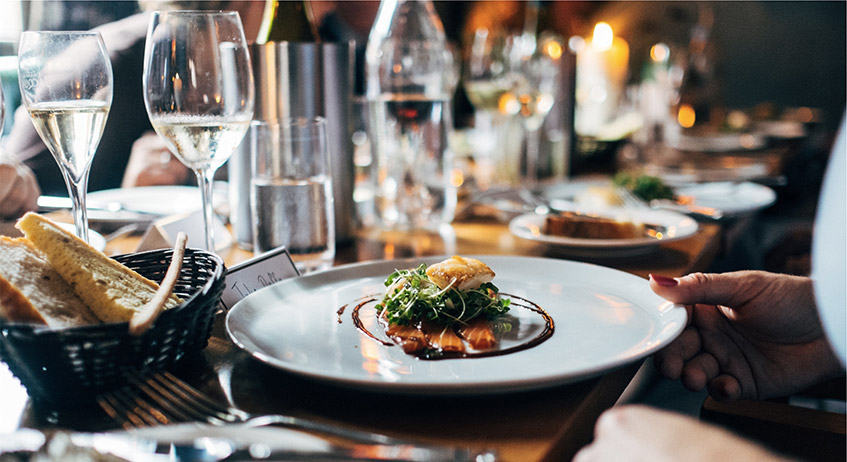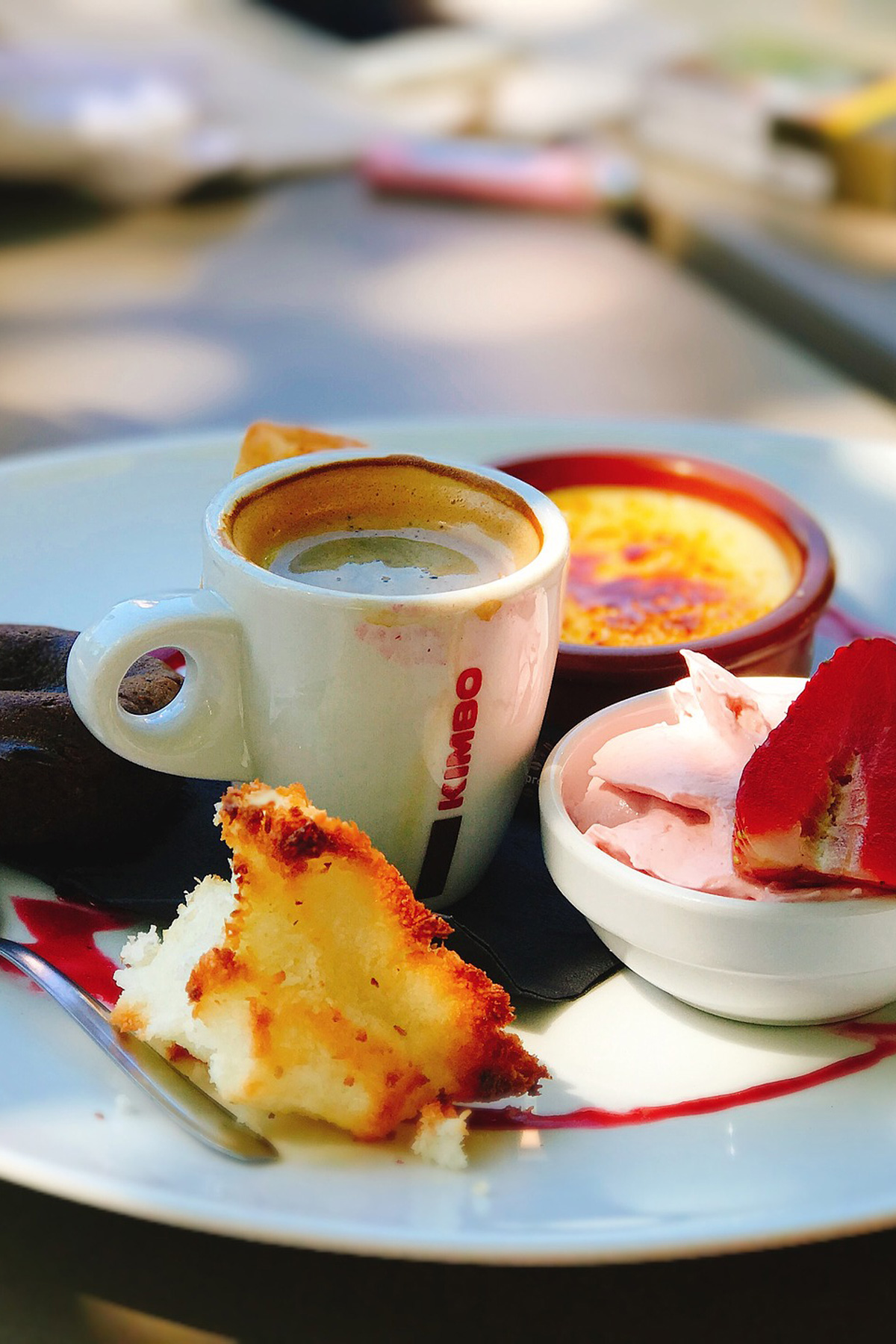
Do French school lunches live up to the hype?
From the way some people talk about French school lunches, you would be forgiven for thinking that they are three-Michelin-star meals, served with silver cutlery and prepared by adorable cartoon cooking rats. Let’s calm down, people; they can’t really be that good, can they?
I regularly ask my children (aged three and five) how their lunches are but frankly their responses are unhelpful: either “très bon”/”dégoûtant” depending on the presence of courgettes, or “miaow” (the little one communicates mainly in cat). School security being what it is, I’ve ruled out breaking into the canteen at lunchtime and sampling them for myself, so have settled on reviewing school lunch menus as a next-best alternative. Parents from several Western countries were kind enough to send me their child’s school menu so that I could compare them and figure out what – if anything – makes French meals different.
The menus

German 
Scottish 
American 
English 
Spanish 
French
The French like to make a meal out of their, er, meals.
The first thing that is striking is that French children have four courses for lunch, which is more than any other country. Typically, they have a raw vegetable starter, followed by a hot main meal, then a dairy course (more on that later) and a dessert. Spanish kids always have a vegetable-based starter, and Scots often have soup – plus desserts – making three courses in total. English, German and American children only have two courses, ie a main and a dessert.
Could this be why French lunches are so famously long – they just simply have more food to get through? No doubt it has a lot to do with it. French people tend not to snack between meals, so filling up during mealtimes is an effective way to avoid the temptation to nibble at other times. So now you know, it starts at school!
They also like French food – who knew?
Each country’s menu reflects the culinary traditions of that country. So in France, meals are based around meat or fish with creamy sauces and a vegetable side. In Spain, there is a lot of emphasis on fish and chicken accompanied by rice, potatoes and salad. The German menu is more robust with cabbage, dumplings, pumpkins and rye bread making an appearance. The British menus could easily be pub lunches, with favourites like shepherd’s pie, curry and fish ‘n’ chips. Finally, the American lunches have everything you would expect from a fast food restaurant: burgers, pizzas, tacos and tortillas.
Sandwiches are not an option for French kids.

The only time French schoolkids eat sandwiches for lunch is when the canteen staff are on strike. (Full disclosure: my kids love strike days. Having sandwiches and crisps for lunch is the biggest treat for them.) Compare this to the American menu where sandwiches and burgers feature heavily – you could eat a peanut butter and jelly sandwich every day of the week if you wanted. Indeed on two days of the week, there is no choice other than sandwiches or burgers, and another two days it is pizza/tacos or nothing. The Scottish menu also has sandwiches every day but as one of three options, the other two being hot meals.
And neither are packed lunches.
Packed lunches are the go-to option for a lot of parents out there. Of the parents we asked, the representatives in Canada and New Zealand made lunches for their kids to take to school as meals weren’t provided. In France, they are virtually unheard of unless a child has special dietary requirements.
In not-surprising news, France is the only country with a cheese course.
Strictly speaking, it’s a dairy course, with yoghurt and cheese being alternated during the week. As I’ve written elsewhere, the variety of cheeses offered to French kids from the age of three is quite extraordinary: an average of 10 different cheeses over a two-week period at my children’s school.
It’s highly likely that the average French schoolchild has a more educated cheese palate than the majority of non-French adults. This was certainly the case with me anyway. My three-year-old is going through a Coulommier cheese phase at the moment; one day we ran out and I tried to pass off a Camembert – a similar soft mould cheese – but she wasn’t fooled, “C’est pas un Coulommier ça !” she said indignantly before stuffing it in her plump rosy cheeks regardless.
France loves its desserts but no one beats the English for puddings
In France, dessert may be a relatively spartan offering, like compote or fresh fruit, or it could be richer fare, like chocolate mousse, tart, or crêpes. The choice seems to relate to how heavy the rest of the meal its. For example, on a day with meatballs and ratatouille, there is camembert and chocolate éclair afterwards, whereas a day with roast turkey and chips is followed by edam and fresh fruit.
The English menu takes quite a different approach with heavy and delicious-sounding puddings every day of the week: peach crumble and custard, lemon drizzle cake, sponges and brownies. These desserts often follow very substantial meals – for example, a homemade cookie after pizza and chips – which sounds like the ideal way to set you up for an afternoon nap.
Other countries are far less sweet-toothed. Spanish and German children have fresh fruit every day with no cakes or desserts on the menu, although on Wednesdays, Germans are treated to “cheese curds with plums” to boost their calorie intake on a soup-only day.
Choices in France are somewhat limited
The Anglophones are in the lead where it comes to menu choices. Both Scottish and English children are given three main meal options every day, one of which is vegetarian. Americans have between three and five options, also including a veggie alternatives (albeit one that seems to be heavily based on cheese and bread).
French schools have a meat-free day about once a month but otherwise there is only one main meal on offer, except when it is pork and an alternative is provided. The Spanish and German schools similarly have a ‘like-it-or-lump-it’ policy when it comes to meal choice. Perhaps an advantage of this is that it encourages hungry children to try things they might otherwise reject outright.
So, who has the best overall menu?
Of course, this is a very limited sample of menus and countries. And we haven’t even began to look into other considerations such as taste, cost, quality of ingredients or how the food is prepared. That said, what can we conclude on menu alone?
France: There is a good balance of raw and cooked food, fruit and vegetables are an integral part of the meal rather than an optional addition, desserts are neither banished nor offered too frequently, and having a cheese course is an important part of French culture. On the negative side, I’d like to see a vegetarian option every day, like in Britain and the US.
England: Easily the winner for me in terms of pure gut appeal – this is exactly the sort of food that makes me think of home. But – and it’s a big but – the meals are too heavy to eat every day of the week, in my opinion.
Scotland: Doing a better job than England in terms of balancing out the stodge with lighter options, like fresh fruit and salad. I think, aside from France, Scotland has the best overall range of food offered.
Spain: Fabulous fresh-sounding menu and probably the healthiest. (My friend in Spain says the school has a garden where they grow lots of their own fruit and vegetables, so a big plus point there.) I think they could indulge the children a little more by offering a dessert from time-to-time, if only to show that sweet things can be enjoyed reasonably.
USA: On the positive side, there were plenty of options including veggie; on the negative, the options were very similar and often based around starch. There were vegetable sides each day but often they didn’t seem to have any relation to the main meals – pizza with carrots anyone? Probably the least-healthy sounding menu out of the six.
Germany: I’m trying to hard to find something good to say about the menu but it really didn’t appeal to me. There were lots of vegetables, I guess? Oh yes, and fruit!
Which makes the overall winner… France! Bravo! Perhaps there is something to be said for the glowing testimonies to French school lunches one finds everywhere. Clearly it’s all the work of the adorable rat chefs in the kitchens…
There we are. Have you tried French school lunches yourself? Are the menus accurate representations of the offerings in the countries? Or do you have a school menu you would like to share? Let us know in the comments! And please like and share if you have enjoyed 🙂
(SPECIAL THANKS to Kerry, Kate, Anna, Emily and others for sending their menus and comments xxx)





